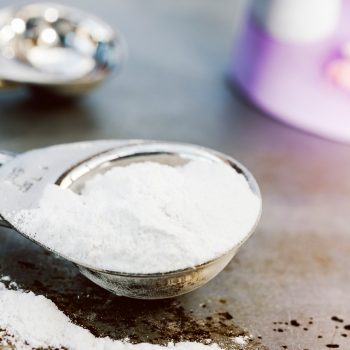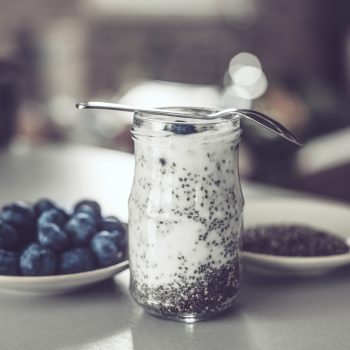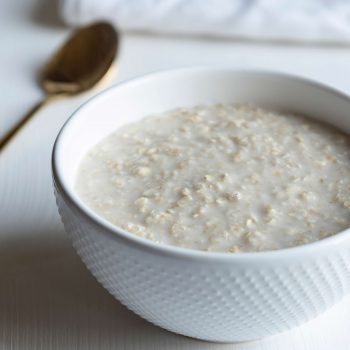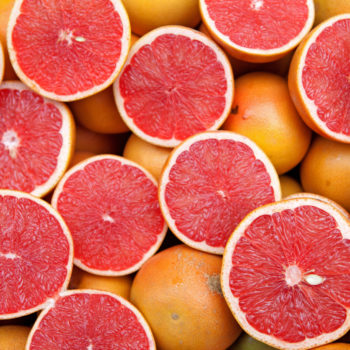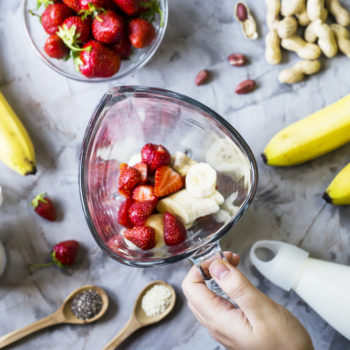It adds flavor to dishes and is valuable to the nervous system but if used without moderation it can have negative effects on the cardiovascular system and raise the pressure above safety level. Salt is a very common food but not all types on the market are the same. The main differences between sea salt and table salt are in their taste, texture and processing. We talk about this topic with Dr. Elisabetta Macorsini, Nutritionist Biologist and Diet Coch at Humanitas Mater Domini and Medical Care in Arese.
Sea salt and table salt
Sea salt is produced by evaporation of ocean water or water from salt-water lakes, usually with little processing. Depending on the water source, this leaves mineral residues and elements. Minerals add flavor and color to sea salt, which also occurs in a variety of levels of coarseness. Table salt, on the other hand, is typically extracted from underground salt deposits. Table salt is processed more heavily to remove minerals and usually contains an additive to prevent aggregation. Most table salt has also added iodine, an essential nutrient that helps maintain a healthy thyroid. Sea salt and table salt have the same basic nutritional value, although sea salt is often promoted as healthier: both contain almost the same amount of sodium.
Chemical composition
What is commonly called salt or table salt is actually one of many possible salts, namely sodium chloride. In chemistry, a salt is a chemical, electrically neutral compound consisting of a set of multiple ions (anions and cations), usually arranged within a crystalline lattice, joined by an ionic bond of ionicity more or less high. The salts have a different degree of solubility in different solvents and can be obtained by replacing the hydrogen atoms of an acid with metallic atoms or with a functional group that may show metallic or cationic behavior.
Historical curiosities
In ancient Rome slaves were paid with salt. From this custom derives the Italian word “salary”, which refers to the payment in salt of working hours carried out in the day.
How can salt intake be limited?
Cook at home, so you can measure the amount of salt you use. Tip: If you struggle to cook every night, you can prepare a little more food (for example at the weekend) and freeze it into single portions so that it can be defrosted when needed. Another solution could be to eat a lot of fruit and vegetables. If using a little salt is causing you problems, try adding more fruit and vegetables to your meals. Scientific studies show that the consumption of foods rich in potassium helps to mitigate the action of sodium, through the reduction of blood pressure and dilation of the arteries. If you want to neutralize some of the negative effects of sodium, eat foods rich in potassium such as oranges, bananas, tomatoes, dried apricots, melon and beans.
Reduce salt gradually
There’s no need to say goodbye to salt from one day to the next: small reductions of around 25% salt will go unnoticed. As with all flavors, in fact, the taste of salt is also an acquired taste: the more we consume, the more we get used to it. Finally, it is not necessary to give up all salted products in order to keep sodium levels under control. Consider using salt free ingredients when preparing soups, stews or other hot dishes and add salt when the dish is ready, in moderation. Frozen vegetables are also easy to prepare and are sold without salt, as are dried beans, chickpeas and canned vegetables without salt.
Use fresh herbs and spices
Salt is an excellent flavor enhancer, but salty foods are not necessarily the tastiest. Instead of letting salt predominate in your dishes, try to dress the food with spices and fresh herbs. Curry, chili, thyme, garlic or onion can help you improve the taste of your food. Furthermore, pay attention to the labels of the packaged foods. Gradually eliminate the highly processed foods and choose those that have undergone minimal processing or fresh ones. If you are one of those people who prefer processed foods, focus on the label’s nutritional information to know which foods have the lowest sodium levels.


